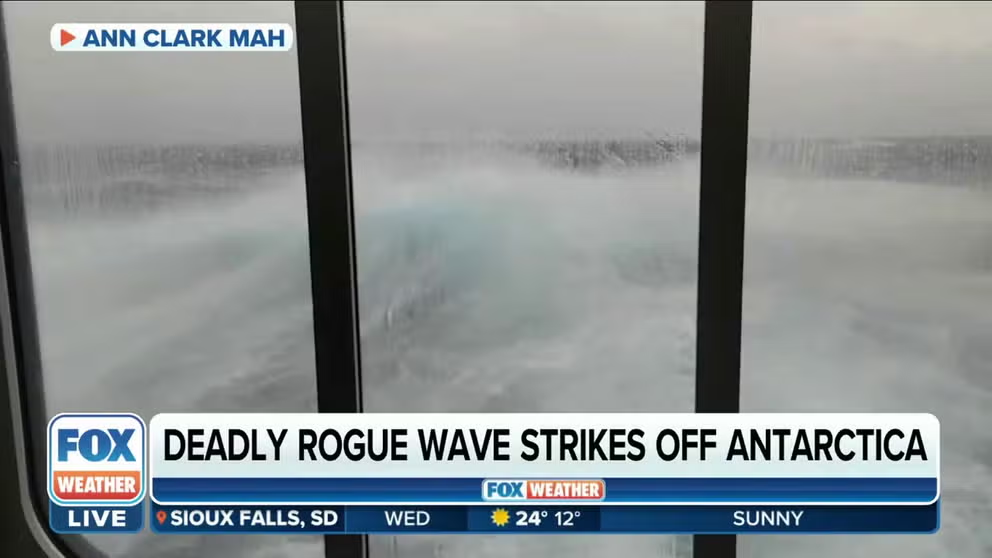What is a rogue wave? These monsters of the ocean are more common than you think
A researcher at Florida State University says these giant waves are highly unpredictable, but our understanding of them is growing.
Rogue wave kills passenger after smashing into cruise ship
Kevin Speer, Director of the Geophysical Fluid Dynamics Institute at Florida State University, talks about the unpredictability of rogue waves.
Humans have been contending with waves ever since we decided to build boats and take on the high seas, but not all waves are created equal.
According to the National Oceanic and Atmospheric Administration, rogue waves are steep-sided waves that are greater than twice the size of surrounding waves and are extremely unpredictable. Scientists call them "extreme storm waves," but they’re known to some mariners as "freak waves" or "killer waves."
Most who have survived encounters with these monstrous swells described them as "walls of water," according to NOAA.
Kevin Speer, director of the Geophysical Fluid Dynamics Institute at Florida State University, said rogue waves usually happen where seas intersect.
"It’s a situation where you typically have a crossing sea, in other words, waves coming from a couple of different directions, and these are nearly impossible to predict," he said.
Rogue waves are fairly common, according to Speer. He said ships sometimes don’t even know they’ve encountered them, especially if they approach the vessel from the bow.
"What is rare is that one that impacts the ship on its side in a way that causes damage," Speer said.
A LOOK AT WHAT'S HAPPENING ON THE OCEAN FLOOR
A person was killed, and several others were injured in early December when a rogue wave slammed into a cruise ship that was sailing around Antarctica, a region Speer said is already known for 30-foot seas and hurricane-force winds.
Speer said it is highly unlikely the captain of a ship can do much to avoid a rogue wave because they happen so fast.
"Even if you had your radar going, and you were looking at it at the exact moment, it would strike in seconds," Speer said.
How are rogue waves studied?
Speer said that while our understanding of rogue waves is limited, there have been great strides to increase our knowledge of the phenomenon.
One way is to create rogue waves in a lab, Speer said. That is where scientists can simulate crossing waves, waves that interact with the floor of the ocean and waves that break against a shoreline.
WHAT HAPPENS UNDERWATER DURING A HURRICANE?
"In all these cases, you can generate rogue waves," Speer said.
Numerical modeling and computer simulations have also allowed scientists to get a better grasp on the dynamics that are involved in these ferocious swells.



